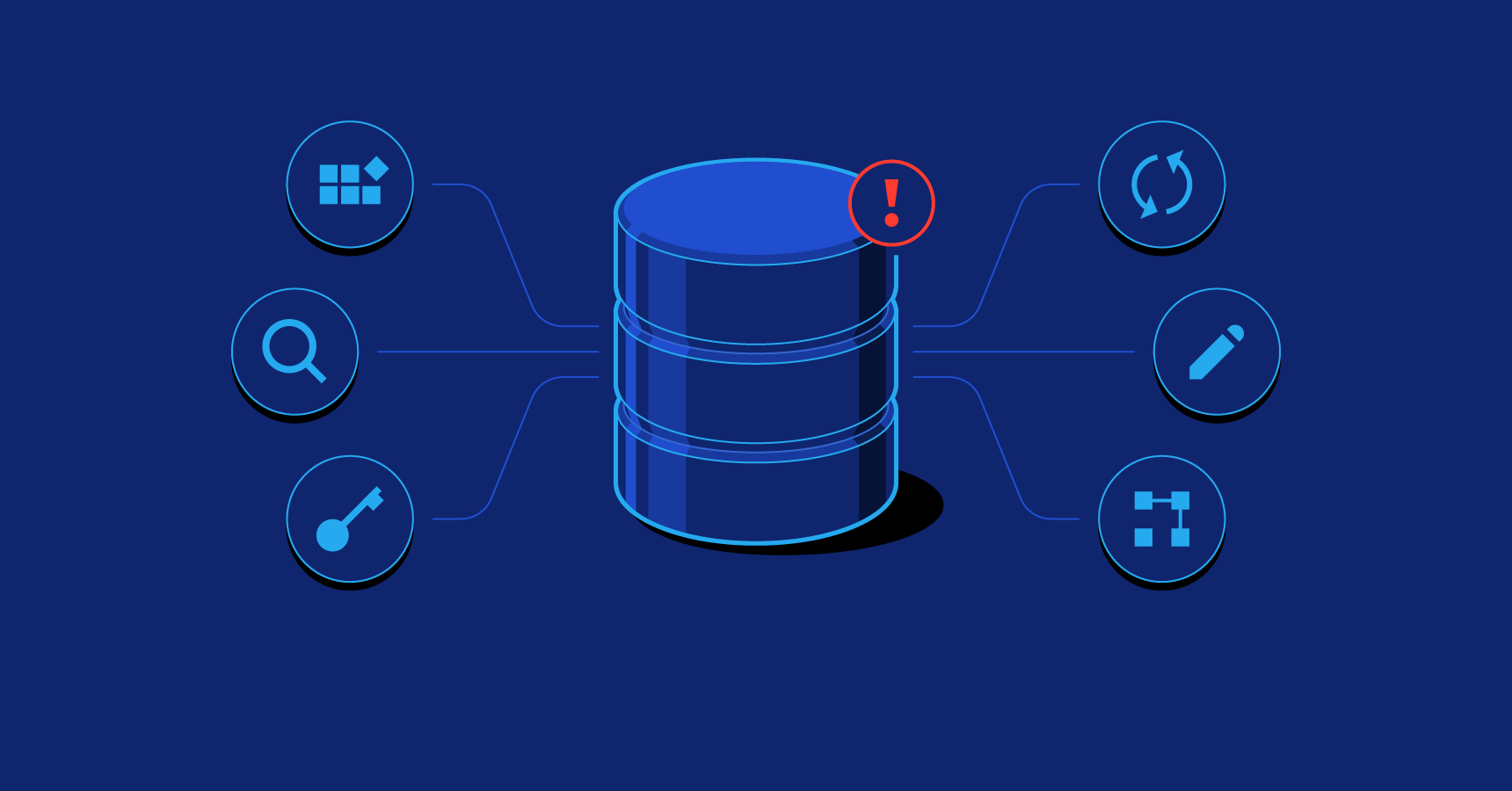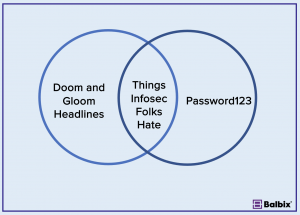How is data integrity maintained in a database?
How is data integrity preserved in databases? What challenges do an organization face in maintaining data integrity? What are the best practices applied to ensure data integrity within databases? With the growing dependency on digital data, maintaining the highest level of data integrity has become crucial for organizations. Concerns around data corruption or loss, unauthorized access, and inconsistencies are all too real in today’s technology-driven landscape.
Data integrity issues pose significant threats to organizations. As per reports from Database Journal and Dataconomy, the two major consequences of compromised data integrity are financial losses and reputational damage. The issues could arise from a range of factors including technical glitches, human errors or cyber threats. Indeed, with data breaches all too common, businesses must prioritize measures to maintain data integrity within their databases. Without robust strategies in place, an organization’s decision-making process is significantly hampered, directly impacting the bottom line.
In this article, you’ll learn about the distinct methodologies and strategies implemented to ensure data integrity in databases. This encompasses not only technical solutions but also the process and procedural aspects of database management.
Furthermore, we will delve into the principles of data integrity, identifying best practices in the area. We’ll also address potential roadblocks that could compromise these integrity standards and propose solutions to overcome them, with real-world examples to better illustrate these concepts.

Definitions: Explaining Database Data Integrity
Data integrity in a database relates to the accuracy, consistency, and reliability of data stored. It ensures that conditioned data remains unchanged during storage, retrieval, and processing. Corruption due to bugs, errors, or malfeasance is prevented. It involves various rules and methods.
Entity integrity ensures no duplicate entries and every row has a unique identifier.
Referential integrity ensures relationships between tables stay consistent.
User-defined integrity allows for customized business rules.
Domain integrity checks the input type and value ranges for columns. These measures are crucial in preventing data inconsistency, ensuring validity over a database’s entire lifecycle.
Unmasking the Hidden Side: Techniques for Ensuring ‘Data Integrity’ in Databases
Securing Data with Transaction Control
One way data integrity is maintained in a database involves the use of transaction control which serves as a safeguard during data manipulation processes. Transaction control includes commands such as COMMIT, SAVEPOINT, ROLLBACK, and SET TRANSACTION, all of which work in concert to ensure data integrity. For instance, the COMMIT command is used to permanently save any transaction into the database. Once this is done, it cannot be undone, thus creating a checkpoint for data changes. On the other hand, the ROLLBACK command is used to undo the transactions that haven’t been saved yet. This rollback ability is especially useful in situations where data issues arise during the data manipulation process.
In addition, using the SAVEPOINT command, users can create various points in the transaction to which they can later roll back without having to abandon the whole transaction. Finally, the SET TRANSACTION command allows users to initiate a named transaction. This is particularly useful in maintaining data integrity as it allows specific transactions to be tracked and controlled more efficiently, thereby minimizing the probability of unwanted data manipulation.
Ensuring Consistency through ACID Properties
Another effective strategy for maintaining data integrity in databases involves the application of ACID (Atomicity, Consistency, Isolation, and Durability) properties. These are sets of properties that guarantee that database transactions are processed reliably.
- Atomicity refers to the process of treating all database operations as a single unit, thus ensuring that if any part of a transaction fails, the whole transaction fails. This ensures that the database remains in its original state and protects the integrity of the data.
- Consistency means that only valid data will be written to the database. If a transaction results in invalid data, the database reverts to its original state.
- Isolation ensures that concurrent transactions occur independently without causing conflicts. This prevents data discrepancies and protects data integrity.
- Durability guarantees that once a transaction has been committed, it will remain committed even in the case of a system failure.
Furthermore, the use of constraints such as UNIQUE, NOT NULL, CHECK, PRIMARY KEY and FOREIGN KEY also aids in maintaining data integrity. These constraints enforce certain rules on data whenever an operation, such as insert, update or delete is performed on the data in the database. For example, a UNIQUE constraint ensures that all values in a column are different, eliminating duplicates and fostering data integrity while a FOREIGN KEY constraint prevents actions that would destroy links between tables. Thus, through strategic control measures and the application of ACID properties, data integrity can be maintained effectively within a database.
The Invisible Guardians: Role of Transaction and Concurrency Controls in Sustaining ‘Data Integrity’
Unmasking the Complex Dynamics
Is your data truly safe and reliable? The foundation of a reliable database relies heavily upon transaction and concurrency controls. These unseen elements act as impregnable guardians, shielding and preserving data integrity. Servers bundling multiple operations into a single transaction ensure that actions either fully complete or don’t transpire at all. Thereby, preserving the ‘all-or-nothing’ principle. Simultaneously, concurrency control maintains data accuracy when multiple users are operating the database. These systems tackle continuous streams of incoming data, applying them correctly, and avoiding any traffic collision. Thus, the interplay of these processes forms the fortification against data corruption ensuring data is always consistent and durable.
Cracking Open the Hard Reality
Reliability and stability of data is the linchpin of any database. However, ensuring data integrity isn’t an easy task. Complications arise when multiple transactions occur simultaneously, leading to concurrency issues like dirty reads, non-repeatable reads, or phantom reads. These anomalies distort the data, leading to grave inaccuracies, indirectly affecting the output of your operations. Additionally, transactions themselves pose threats. A lack of atomicity can cause partially applied transactions, creating data inconsistency. Moreover, if the system unexpectedly fails during a transaction, inconsistencies arising from partially updated data can stump recovery efforts.
Exemplary Measures to Uphold Integrity
In an era where data is pivotal, rigorous measures must be undertaken to secure data integrity. Several best practices can be garnered from experts worldwide. At their core, these shield databases from corruption and prevent data loss, thereby boosting performance. A standout practice is the use of Atomicity, Consistency, Isolation, Durability (ACID) properties to curate a reliable database system. Atomicity ensures that transactions are treated as a single, undividable operation, while Consistency confirms that only valid data is written to the database. Isolation protects data by ensuring that concurrent execution of transactions results in a system state the same as if transactions were executed serially. Durability, on the other hand, guarantees that database changes are permanent even in the face of system failures. Another best practice involves implementing the Two-Phase Locking (2PL) protocol for concurrency control. This strategy prevents conflict serializability and maintains strict data accuracy.
Unleashing the Potential: ‘Data Integrity’ as the Key for Optimized Database Performance
Why Is Database Integrity Crucial?
Decoding the intricacies of ‘Data Integrity’ begins with an intriguing question – why is it so vital for optimized database performance? Uncomplicatedly put, it all emanates from the immediate and flawless retrieval of accurate data when required. Good data integrity translates into the dependability of the database, which in turn, means the business operations predicated on the database function optimally. Similar to the gears in an automated machine, if data integrity is compromised in any form, the resulting ripple effects can disrupt not only the smooth functioning of the database but also who or what relies on it, creating a domino effect of issues. The paramount purpose of a database system is to offer an organized mechanism for storing, managing, and retrieving information. Even the minuscule aberration in data integrity can lead to severe miscommunication and misrepresentation, causing loss of trust, time, and resources.
The Impediments of Poor Data Integrity
The predominating issue when data integrity is compromised roots itself in erroneous information. When the regulation of data within a database is not enforced strictly and accurately, inconsistency arises. For example, not adhering to a routine set of protocols while entering data can lead to both small or large scale inaccuracies. Duplicate entries, incorrect information, or even missing data are all potential outcomes of neglecting data integrity. The effects of these can vary from the inflated costs for businesses due to poor decision making based on skewed data to much more severe repercussions such as financial, legal, or reputational damage. Furthermore, as data is transferred between databases, there is an increased risk of distortion or loss, further compromising data integrity. This is where maintaining a strict set of rules for data regulation comes into play.
Cementing Data Integrity: The Key Approaches
Acknowledging the importance of data integrity, we now turn our focus to the best practices that help in maintaining it. A multi-faceted approach towards enhancing data integrity involves implementing a comprehensive set of guidelines and practices that ensure the consistency and accuracy of data at every point. It begins with input controls such as validation rules to ensure only correct and relevant data is entered. This not only reduces errors at the source but also makes it easier to maintain accuracy throughout the entire database. Implementing data backups and recovery systems additionally ensures the availability of correct historical data whenever needed—enshrining an extra layer of security. Additionally, instituting a regular audit of databases can act as a double-check to identify any potential errors or discrepancies. User access controls and protecting data from cyber threats like malware, ransomware also comprise crucial practices that boost data integrity. The amalgamation of these best practices helps in galvanizing data integrity, thus supporting an optimized database performance and streamlined business operations.
Conclusion
Have we truly grasped the significance of maintaining data accuracy and reliability over time? The successful implementation of data integrity in a database plays an essential role in avoiding inconsistencies, ensuring data is maintained in its original form and it functions effectively. Robust error-detection and correction methods, well-structured data models, standardized rules for consistency are substantial tools for ensuring data integrity. These approaches do not only preserve the validity of data, but also enhance the efficient performance of database systems, improving their dependability for various applications and industries that heavily rely on precise and consistent data.
We want to invite you to stay tuned and keep following our blog, you are a valuable part of our community of tech enthusiasts and skilled professionals. We are eager to foster a space where learning and sharing knowledge about complex topics like data integrity are made simple and accessible. Your continued engagement is the fuel that keeps us motivated in diving deeper into the interesting world of technology. We highly appreciate your support and expectantly look forward to growing alongside you.
Our efforts in consistently producing new, in-depth guides and articles will continue. We understand that the technology landscape is ever-evolving and it is our utmost priority to keep you informed and updated. We promise to keep working hard in providing more insights about maintaining data integrity and how other technological advancements interact with this vital concept. Please, stay with us as we embark on this journey of unveiling new, thought-provoking content so that we can continue expanding our knowledge together.
F.A.Q.
What is data integrity in a database context?
Data integrity in a database context refers to the accuracy, consistency, and reliability of data stored in a database. The overall intent of data integrity is to prevent data from being altered or destroyed in an unauthorized manner.
What are the techniques employed to maintain data integrity in a database?
Methods to maintain data integrity in a database include the use of error detection and correction methods, validation procedures, transaction control, and backup and recovery operations. Each of these techniques ensure that data remains consistent, accurate, and reliable over its entire life-cycle.
Can data integrity be compromised? If so, how?
Yes, data integrity can be compromised through human errors, transfer errors, bugs or viruses, hardware malfunctions, and unauthorized access. Each of these factors can potentially lead to inconsistencies and inaccuracies in ongoing data transactions and the overall database structure.
How does data validation contribute to data integrity?
Data validation methodologies help to maintain data integrity by checking the accuracy and quality of the data at the time of data entry or data processing. This eliminates the possibilities of incorrect data being entered into the database, thereby maintaining the overall accuracy and consistency of the data.
What role does backup and recovery procedures play in data integrity?
Backup and recovery procedures are crucial in maintaining data integrity as these techniques ensure that data is regularly backed up, thereby preventing complete data loss in case of any data corruption or system failure. This process assists in recovering accurate and consistent data, further enhancing the reliability of the database.










